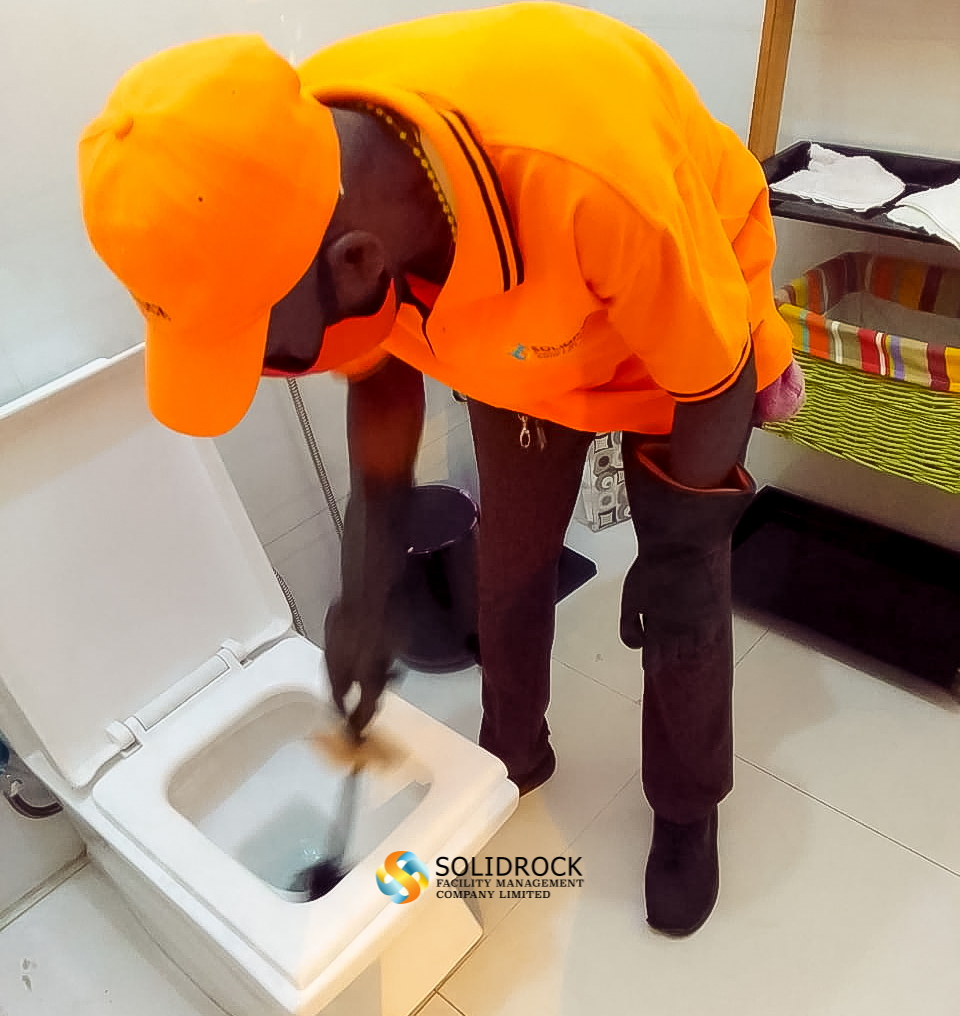Inclusive Hygiene And Public Restrooms.
Many individuals are not comfortable using a public restroom, which can negatively impact their well-being, according to new global research from Tork. This keeps them from participating in social activities (including enjoying food and drink in public), staying at a job, and feeling safe.
The Tork 2024 Insights Survey is a step in the Essity brand’s goal to raise awareness about inclusive hygiene in public restrooms and its work to help educate businesses on why they should provide more inclusive hygiene solutions. The research surveyed more than 6,000 end-users and 900 businesses in five countries.
The Public Restroom: Barriers To Hygiene
Perceptions, concerns, and needs of both restroom visitors and businesses and their ability to eliminate visible and invisible barriers to pursuing hygiene in the public restroom were the focus of the research. Barriers to restroom hygiene can impact users with cognitive and physical limitations and those experiencing changes with age, circumstances or temporary/permanent life-changing events that alter their needs. For example, users can be challenged by a range of factors including inability to access soap and hand towel dispensers, loud noises, lack of privacy or cleanliness.
Here are some highlights from the research:
1. People feel anxious when they have to use a public restroom
2. 44% feel anxious when having to use the restroom outside of their home
When people are unable to wash their hands, they don’t feel safe
3. 73% of respondents feel unsafe if they can’t wash their hands
Poor restrooms are a reason people quit their jobs
4. 1 in 6 respondents (17%) said they left a job because of a poor restroom
People avoid eating or drinking to limit their use of public restrooms (38% of all respondents) and those with children or walking aids are more likely to do so
5. Nearly 50% of parents who need to bring a baby carrier or child in arms to use the public restroom have avoided eating or drinking to avoid visiting public restroom
Tork, in partnership with the Global Handwashing Partnership, brought together experts and leading voices representing public and private organizations to review the data, share expertise, and work toward a greater understanding of the issues. During the event, participants from government, healthcare, academia, policy and advocacy shared perspectives on barriers to inclusive hygiene in public restrooms, showcased their work, and started to build a roadmap toward solutions.
Respondents consider access to public restrooms when planning social events or travel
1.26% of respondents avoided a social event because of concerns about access to public restrooms; that number rises to 39%4 for those who report a phobia or fear of viruses or bacteria
1.80% of business leaders experience people with special needs in their restrooms on a weekly basis
“Restrooms are the busiest room in a facility and they often aren’t equipped to accommodate the constantly changing needs and capabilities of the population at large. This influences an individual’s ability to participate effectively at work, at social gatherings, their inclination to buy food or drink or dine at a restaurant and even what routes they choose to travel. Ultimately, providing better hygiene in public restrooms is good for a business and their visitors, customers and employees.”






